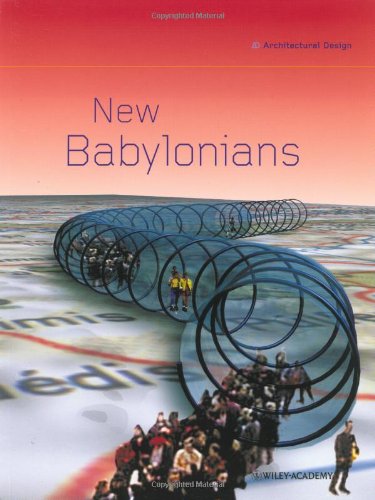The Situationist City book
Par atchison martha le mercredi, juillet 27 2016, 02:06 - Lien permanent
The Situationist City. Simon Sadler

The.Situationist.City.pdf
ISBN: 0262193922,9780585028286 | 352 pages | 9 Mb

The Situationist City Simon Sadler
Publisher:
3:AM: I think you say in The Spectacle of Disintegration that détournement is perhaps the Situationists' greatest strategic legacy, but I wonder whether you'd agree that the dérive is a useful strategy for negotiating the networked environment, or what you called the One is the internet itself which was a kind of wild west area, and the other was about networking together across various cities, we'd travel around and visit each other and form temporary associations. 70 (2010), I contributed a review, titled 'Situating the Situationists'. In this connection, Guy Debord states that the city should be explored without any preconceptions or prejudices. It looked at Guy Debord's Correspondence (Los Angeles: Semiotext(e) 2008) and Tom McDonough's The Situationists and the City (London: Verso 2010). Situationists wanted to convert the interest of play with new at ideas the level. The dérive was a course of preparation, reconnaissance, a means of shaping situationist psychology among urban explorers for the eventuality of the situationist city. He seeks to redefine notions of the Situationists' urban critique, arguing that instead it persisted throughout the group's duration. The Situationists' focus on the city has been central to McDonough's choice of documents. The situationists hoped that architecture would ”revolutionize everday life, release the ordinary citizen into world of experiment, anarchy and play”. Apparently the Dutch situationist Constant had (co-)written a pamphlet fifty years earlier about his ideal city. "Play and the Urban Realm", in The Ludic City. Christopher Collier (University of Essex) and Joanna Figiel (City University London), 'The Recombinant Dérive – The Situationist International, biopolitics and the neoliberal dérèglement de tous les sens'. �Cities have a psychogeographical relief, with constant currents, fixed points and vortexes which strongly discourage entry into or exit from certain zones.” [6]. In fact, I would argue that this definition of Open Source Urbanism dates back to the Situationist city of Unitary Urbanism, where urban dynamics would no longer be driven by bureaucracy and capitalism but by participation. The pamphet, it was revealed, could just as easily be interpreted as a joke instead of as an actual serious statement. Stanza artwork image The Situationist City. �The benign professionalism of architecture and design had, in their opinion [situationists], led to a sterilization of the world that threatened to wipe out any sense of spontaneity and playfulness. Sadler, Simon, “A New Babylon. Exploring the potential of public spaces.